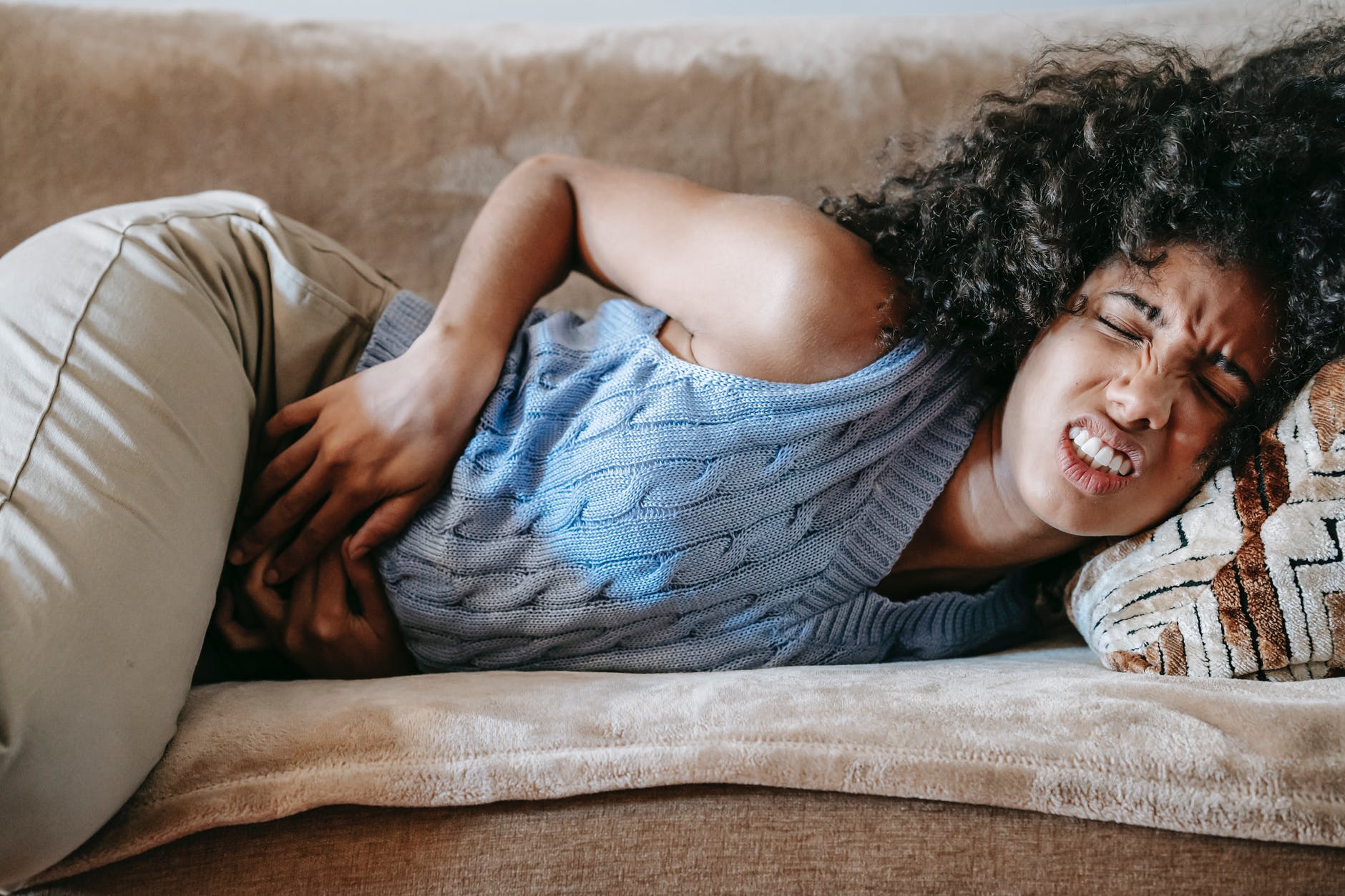Not all women experience period pain, but those who do are likely to have headaches or general discomfort. Menstrual cramps typically occur for 24 hours every month, and the pain is caused by blood flowing into the uterus more than it should.
This is a common and relatively minor symptom of menstruation that can cause pain in many different areas of your body. The pain typically starts in the lower back and works its way up.
If you experience chronic painful periods, it can be tough to figure out the root cause. Maybe there’s something about your hormonal levels or a genetic predisposition that makes your pain more severe than the norm. No matter your situation, whether it is painful periods or cramps, talk to your doctor. Often there is a reason for it and they can help you understand it. Some of the most common causes of painful periods are fibroids, cysts, PCOS, and IUD issues.
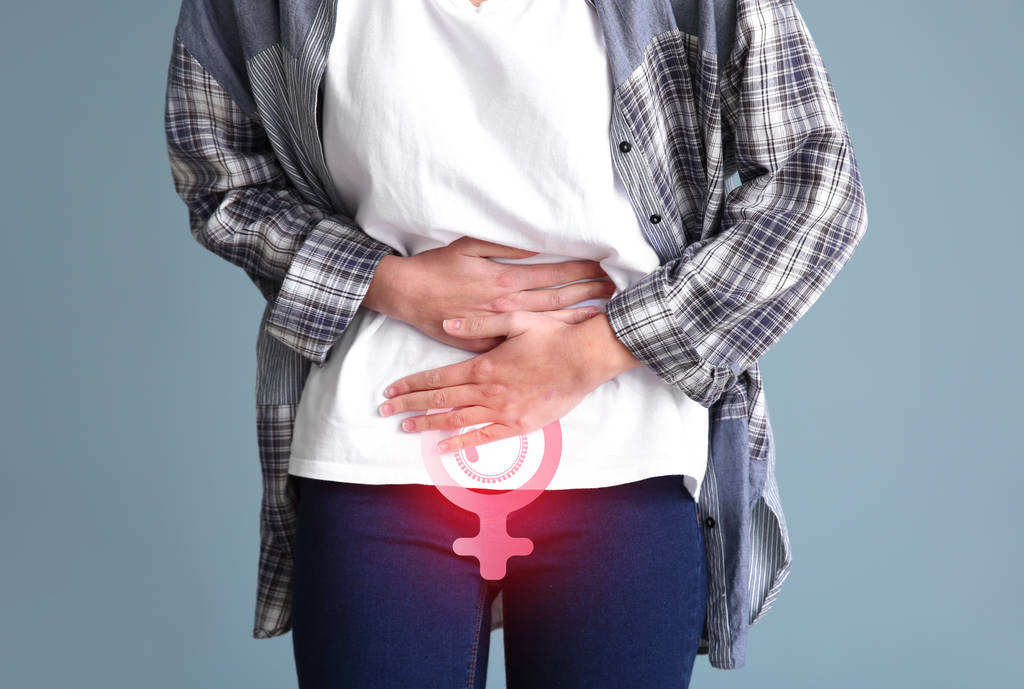
1. Drink a lot of water
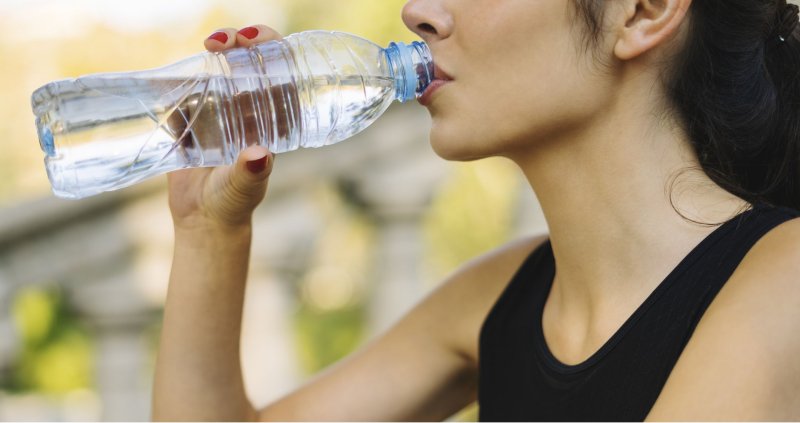
The discomfort and pain that bloating can cause during your period are often exacerbated by damp, heavy feelings in the abdomen. Drinking water can reduce the bloating that floats around in your stomach, making it easier to cope with cramps. You may have also heard about hot water as a great way to relieve muscle tension and increase blood flow. This can help with the formation of uterine contractions, which are caused by muscle spasms.
2. Start drinking herbal teas
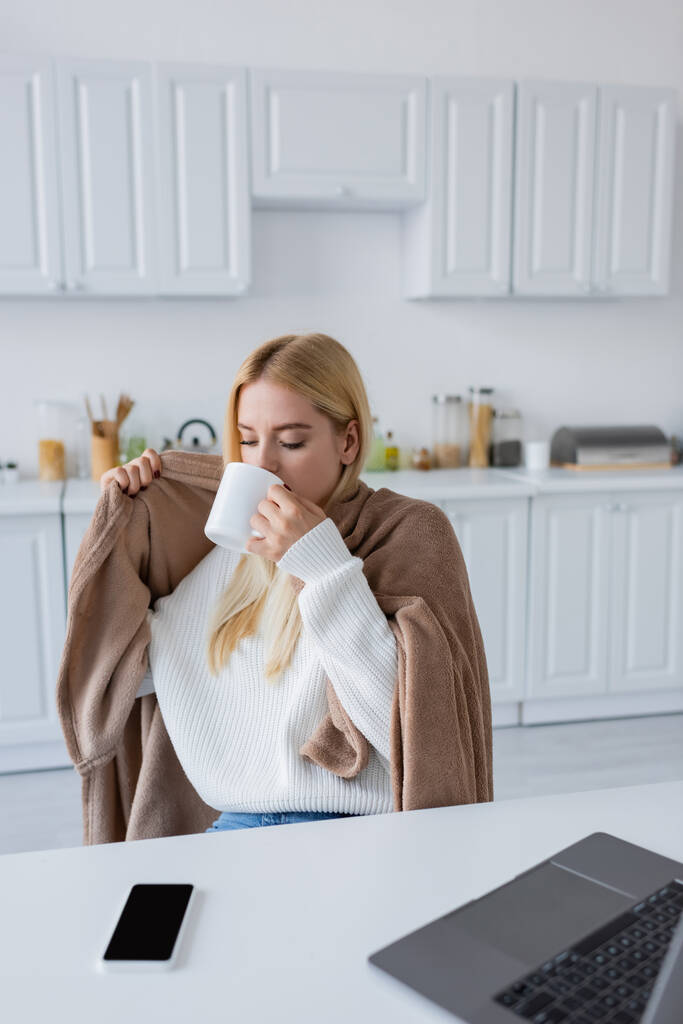
Herbal teas can have anti-inflammatory and antispasmodic properties that can help reduce cramps during pregnancy. There are a lot of options for treating menstrual pain – fennel tea is a great way to relieve cramps that arise during menstruation. There are a lot of benefits that you can gain from drinking herbal teas, such as stress relief and helping with insomnia. Plus, it also has other proven health benefits that many people tend to overlook.
3. Eat food that is anti-inflammatory
It can be difficult to know what food options to choose when you have cramps, but there are some that work well. Certain common foods such as tea, berries, and coconut oil can help manage your symptoms & promote a healthy environment for your uterus. Try eating healthy foods like berries, tomatoes, pineapple, greens, and spices like turmeric, ginger, or garlic. You could also try leafy green vegetables, almonds, and fatty fish like salmon.
4. Skip the treats
While a brownie might sound delicious, sugary, high-fat, or high-salt foods can actually cause inflammation and pain in muscles and joints. This will make getting through your day much more challenging if you rely on such foods for quick energy snacks such as lunch or dinner. Grab a banana or unsalted nuts to fight sugar cravings, or go for a vegetable like spinach or some salted nuts for something more savory.
5. Reach for decaf instead of caffeine
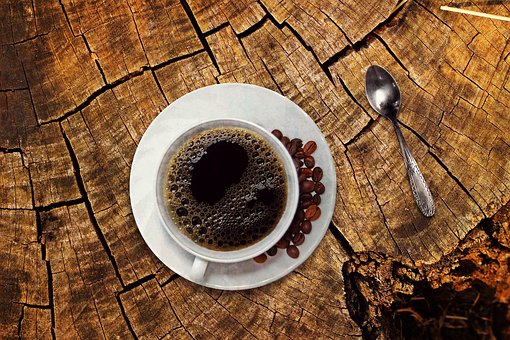
Caffeine always has the potential to make any situation worse. People who consume caffeine in large amounts may experience cramps, which vary based on how much they drink when they drink it, and what types of caffeinated substances are consumed during the intake of caffeine. If you drink coffee during your period, switch to decaf. If you need a quick energy boost, eat protein or take 10 minutes to walk at lunch.
6. Move Your Body with Light Exercise
While the thought of exercising when you’re cramping might seem unbearable, light exercise can actually help to relieve pain. Activities like walking, yoga, or gentle stretching release endorphins, which are natural pain relievers.
- Why it works: Exercise increases blood flow to the pelvic area, which can help to loosen tight muscles and reduce cramping.
- Keep it gentle: Avoid strenuous activities that could worsen your discomfort. Aim for low-impact exercises that feel good to your body.
7. Try dietary supplements
Some supplements, like vitamin D, are known to be helpful with calcium absorption and inflammation. Other supplements like magnesium, omega-3 & vitamin E might even help you avoid painful periods! Not just during your period, but at other times of the month or in general, if you feel that you’re lacking in important nutrients. It’s also best to talk to your doctor first before attempting a new diet & supplement regimen without them
8. Apply heat
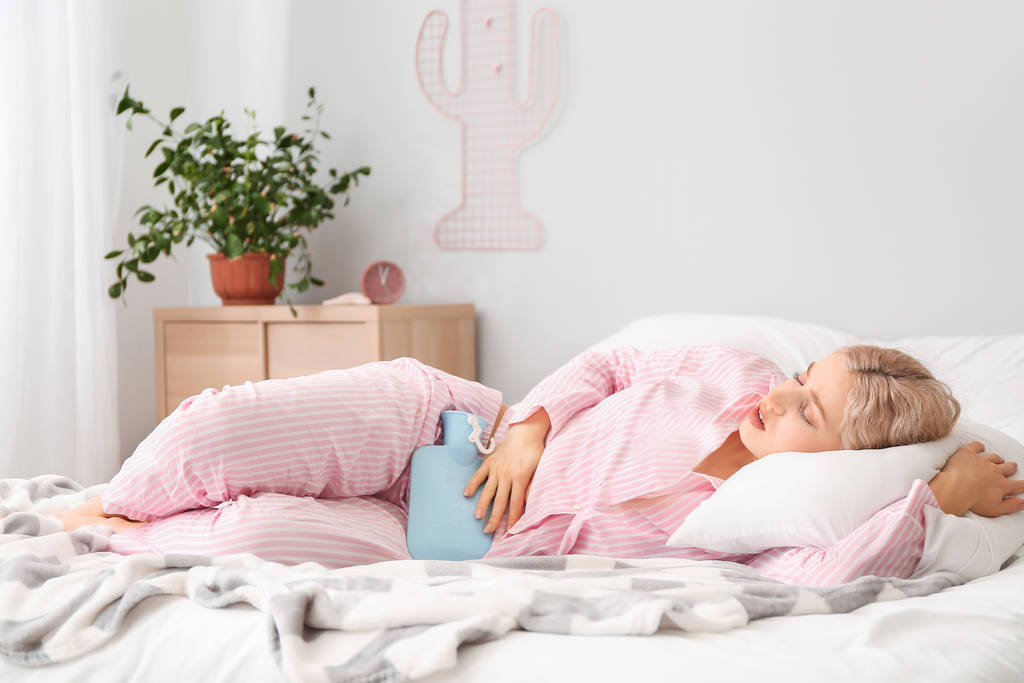
When you’re struggling with sore muscles or even cramps, it’s important to relax and find new ways to manage pain. Sometimes, warming up your body in various different ways can lead to better and increased blood flow. Though many people might be hesitant, it can help make anything easier. You can try drawing a hot bath or taking a hot shower. Even a hot water bottle or heat patches kept on your stomach can relieve quite a lot of pain.
It is important to have some natural remedies at hand in order to help you when the pain gets too much. Use this list to help you find the perfect way to release your menstrual cramps.
